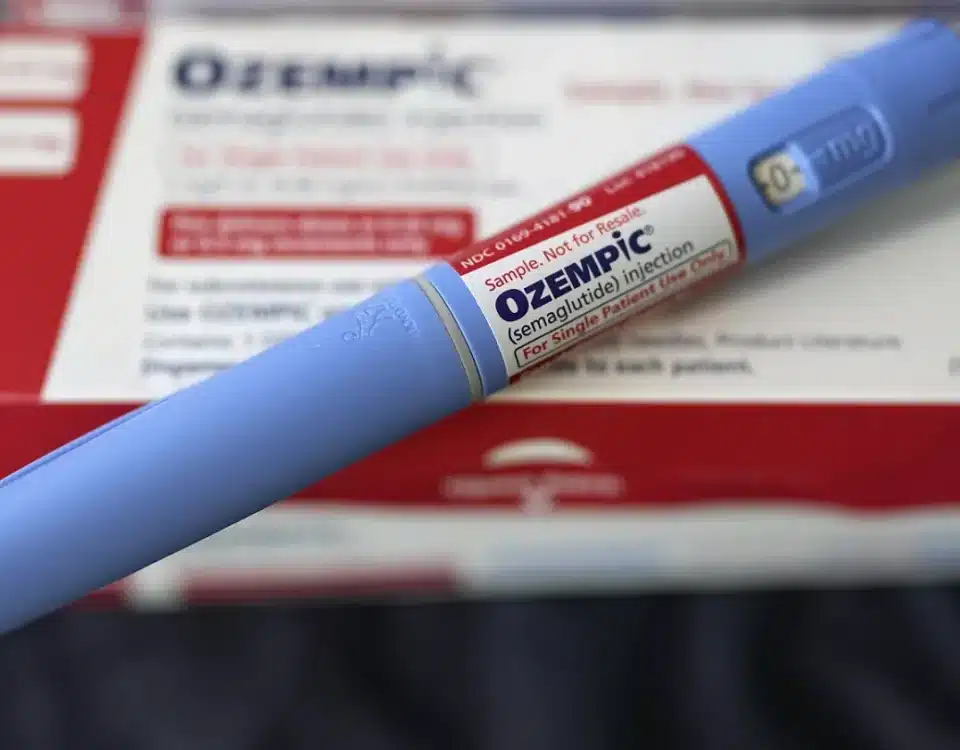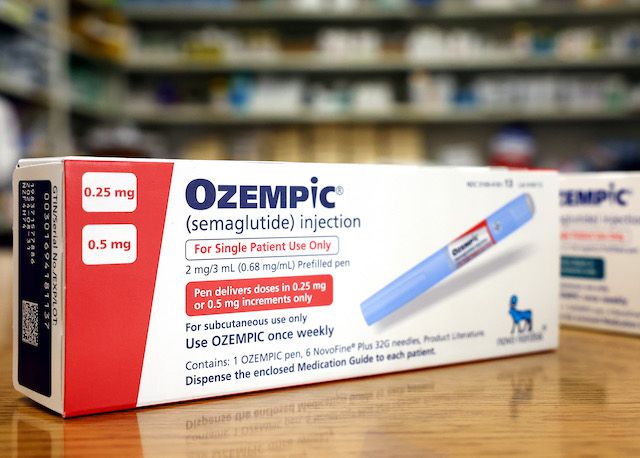
Woman in Active Wear With Squeezed Measuring Tape on a Gray BackgroundWoman in Active Wear With Squeezed Measuring Tape on a Gray Background
Physical consequences of being overweight
Type 2 diabetes
Formerly called adult-onset diabetes because it was diagnosed in people 50 years of age and older, type 2 diabetes is now found in young people under 20 years of age, hence the new name.
Experts predict that within a few years, there will be two to four times more hospitalizations for cardiovascular complications related to diabetes and the obesity that causes it. In addition, it is predicted that there will be three times as many amputations and twice as many kidney dialyses.
This epidemic of type 2 diabetes is a direct result of overweight and obesity. However, it can be prevented and treated effectively, often without medication, through weight loss with a low-calorie, low-carbohydrate, and sufficiently high-protein diet. Most often, in less than 48 hours, there is a significant drop in blood sugar levels.
With the advice of a physician skilled in this nutritional approach, medications and insulin can be stopped or significantly reduced.
The treatment of type 2 diabetes should be primarily nutritional, if possible accompanied by increased physical activity and, as a last resort, if necessary, supplemented by appropriate medication. By following this protocol, few diabetics will need medication. To do so, it is essential to consult an expert physician.
Heart disease
Arteriosclerotic heart disease means the hardening of the arteries that causes heart attacks and is the number one killer in our society.
It is estimated that diet and excess weight may be responsible for up to 30% of deaths from heart disease.
One study reports cases of obese young people between the ages of 10 and 20 who have the same arteriosclerosis lesions as adults aged 45 and smokers for at least 10 years.
Prevention is better than cure!
Different cancers
A new study establishes that obesity plays a 20% role as a causal factor and that diet plays a 10% role in the development of various cancers, including endometrial, ovarian, female breast (post-menopausal) and male prostate cancer. We can therefore do something to reduce the risk.
Moreover, a new study done by Harvard University in the United States and McGill University in Canada shows that men who suffer from prostate cancer have 2.5 times more risk of dying from it if they are overweight or obese.
High blood pressure
High blood pressure, often called the silent killer, is up to three times more common in those who are overweight. It leads to circulatory problems and strokes (paralysis attacks).
Have your blood pressure checked regularly and before taking any medication, lose excess weight, change the quality of the food you eat, exercise and learn to better manage stress.
Bladder stones
Gallstones are stones in the gallbladder that cause “liver attacks” and often require emergency surgery.
These stones are three to five times more common in obese people.
Metabolic disturbances
Metabolic disturbances are characterized mainly by high levels of cholesterol and triglycerides in the blood. Insulin resistance is often present and leads to a decrease in HDL (good cholesterol) and an increase in LDL (bad cholesterol) in the blood. The metabolic syndrome, first described in 1988 by Reavan, is responsible for a galloping progression of hardening of the arteries.
To find out if you have this syndrome
Measure your waist circumference. If it is more than 80 cm for a woman and 94 cm for a man (abdominal obesity), your risk of having metabolic syndrome is high, regardless of your excess weight;
If you also have at least two of the following criteria
a high level of triglycerides in the blood,
a low level of HDL (good cholesterol) in the blood,
high blood pressure,
high blood sugar (type 2 diabetes).
Ask your doctor to order these lab tests, and annually thereafter if you are at risk.
Note that these conditions do not all occur at the same time or in the same order. Some people will have abdominal obesity, later high blood pressure, and then again a few years later diabetes.
Again, the treatment of this syndrome must first be nutritional, except in emergency cases. Medication prescribed at the onset of the diagnosis disempowers the patient because it leads him to believe that he can abuse it without paying the price, whereas the reality is quite different. For example, certain medications for the treatment of diabetes make the patient even sicker and fatter, which requires an increase in medication. It is an inflationary spiral.
Weight loss is the cornerstone of treatment for metabolic syndrome and yields dramatic results often in only a few days.
Gout and osteoarthritis
Gout and osteoarthritis, especially of the knees and lumbosacral (lower back) spine, can also occur.
Gout is a form of arthritis caused by the accumulation of too much uric acid in the blood; obesity can cause this increased production.
It is estimated that losing 10 kg of weight takes 40 kg of pressure off the knees.
Many of my patients have had their knee and lower back pain disappear following weight loss; some have even avoided surgery to replace the knee.”
Sleep apnea and breathing problems
Sleep apnea and breathing problems increase in proportion to weight gain making it difficult to breathe, causing lack of oxygen, significant daytime sleepiness, and can make driving dangerous.
Sleep apnea often coexists with insulin resistance, metabolic syndrome, high blood pressure, type 2 diabetes and high blood fats (cholesterol and triglycerides).
Here’s how to know if you have this condition:
Snoring (you should ask your spouse);
Pauses in breathing or choking at night (ask your spouse);
Excess weight;
High blood pressure;
Daytime hypersomnolence (see Epworth scale below);
Neck circumference greater than or equal to 43 cm (add 4 cm to your neck circumference if you have high blood pressure, 3 cm if you snore and 3 cm if you have nocturnal breathing pauses).
Excerpt From: Dr. Maurice Larocque. “The WHY book” Apple Books.




